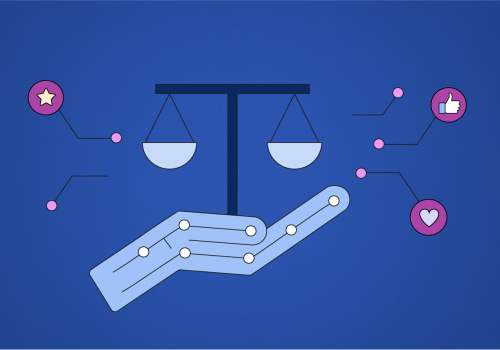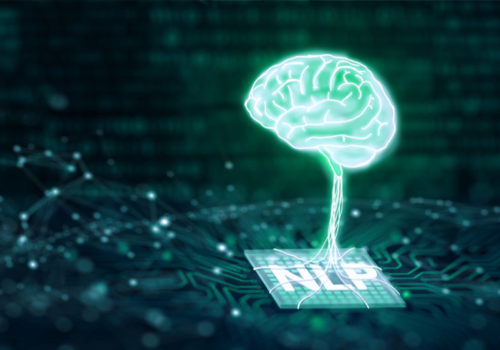Customer service is an integral part of any business, and AI is quickly becoming a key tool for providing better customer service. AI can help automate customer service tasks, provide better customer support, and even help train customer service agents. In this article, we'll explore 10 examples of how AI is being used in corporate strategy solutions for customer service today. Chatbots are one of the most common applications of AI in corporate strategy solutions for customer service. Companies are using chatbots to manage routine questions, such as delivery dates, the balance due, the status of orders, or anything else derived from internal systems.
By turning these FAQs into a chatbot, the customer service team can help more people and create a better overall experience, while reducing the company's operating costs. Machine learning is also essential for processing and analyzing large amounts of data and determining what actionable information there is. In customer service, machine learning can help agents use predictive analytics to identify common questions and answers. Technology can even detect things that an agent may have overlooked in communication.
In addition, machine learning can be used to help chatbots and other AI tools adapt to a given situation based on previous results and, ultimately, help customers solve problems through self-service. As the COVID-19 pandemic forced employees to work remotely, many training teams began using AI to create simulations to assess employees' ability to handle various situations. When a virtual assistant can't fully help customers, AI will use intelligent routing to direct the customer to the right teams or departments for better customer service. This intelligent routing can also be used for routes outside working hours and during holidays.
AI-based self-service helps customers resolve problems, complete purchases, or navigate a website without asking human agents for help. Modern customers are busy and demanding, and prefer to resolve their issues quickly and independently. AI in customer service can do just that. For example, customers consult and support staff respond to those queries, generating huge volumes of well-organized data in customer service.
Machine learning helps a program to collect and process this data, and to train itself to understand and respond to customer requests. This often requires the use of additional technology, such as NLP software. It may seem incredible, but you only have to follow a few steps to set up AI in your customer service. Customers and customer service professionals open up a new perspective with technologies such as machine learning and natural language processing (NLP). In general, AI doesn't usually require a large initial investment if you plan to use it for customer service. In addition, AI can become a true expert in employee training, simulate thousands of situations that may arise when communicating with customers and evaluating the ability of employees to solve these problems. It can also help inform the content available on a company's website, such as frequently asked questions (FAQs), so that customers can help each other before contacting customer service. AI is now being used more strongly in team- and customer-centric applications such as customer service chatbots and more which places it at the forefront.
An emerging technology company PolyAI offers voice robots with conversational AI that can handle customer inquiries over the phone. First we'll look at how AI works and then we'll look at the different ways you can use it to automate customer service tasks. Consistently delivering exceptional customer service experiences is difficult but not impossible. We've compiled a list of 15 strategies that work for any organization in any industry to deliver a great customer experience. Although it has been used in companies to some extent behind the scenes AI is now being used more strongly in team- and customer-centric applications such as customer service chatbots and more which places it at the forefront. Customers expect exceptional service and an exceptional experience: a need met through AI.











